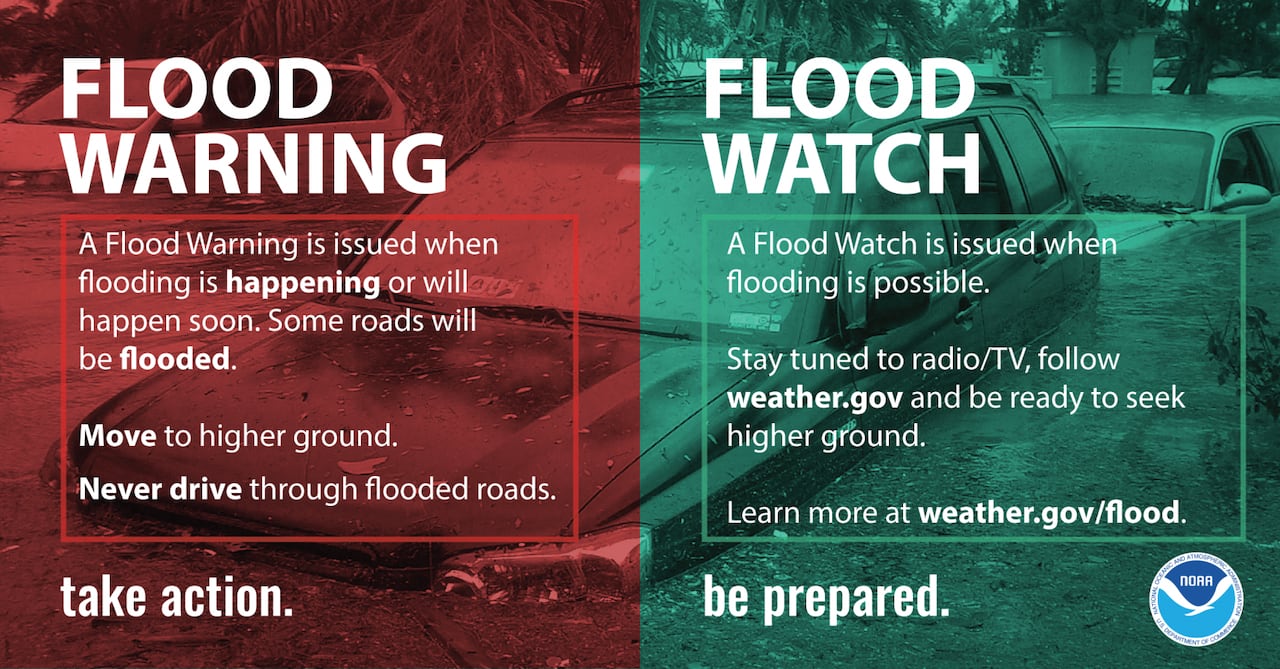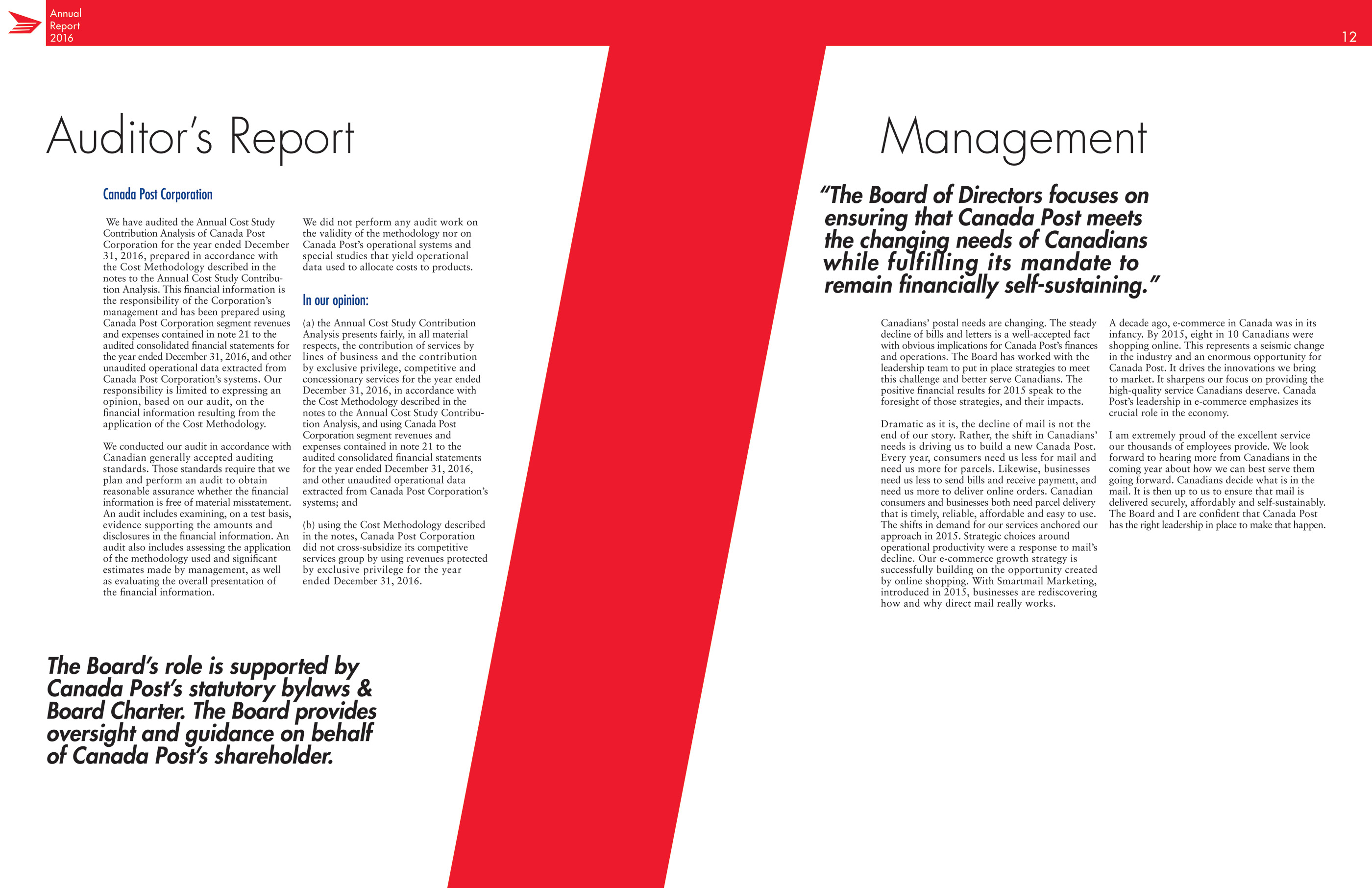Flood Alerts Explained: Your Guide To Flood Safety

Table of Contents
Understanding Different Flood Alert Levels
Knowing the difference between various flood alert levels is paramount for effective flood preparedness. Different agencies might use slightly different terminology, but the general severity levels remain consistent. Understanding these levels allows you to react appropriately, minimizing the risk to yourself and your property.
Flood Watch
A flood watch means conditions are favorable for flooding. This isn't a cause for immediate panic, but it's a crucial signal to begin preparing. Think of this as a "heads-up" – a warning that flooding is possible.
- Monitor weather reports closely: Stay updated on the latest forecasts and predictions from reliable sources like the National Weather Service (NWS).
- Gather essential documents and valuables: Collect important papers (insurance policies, identification, etc.) and place them in waterproof containers or bags, ready for quick relocation.
- Identify potential escape routes: Know several ways to leave your home or area should flooding occur. Consider alternate routes in case your primary route is blocked.
- Check your flood insurance coverage: Ensure your policy is up-to-date and covers the potential flood risk in your area. Understand your policy's limitations and what steps are required to make a claim.
- Prepare your vehicle: Ensure your car is in good working order and that you have sufficient fuel. Avoid driving through floodwaters – even a small amount of water can cause significant damage.
Flood Advisory
A flood advisory means flooding is occurring or is imminent. This requires immediate action. The situation is becoming more serious, and proactive measures are necessary to protect your property and safety.
- Avoid driving through flooded areas: Never attempt to drive through flooded roads. The depth of water may be deceptive, and even a small amount of water can sweep a vehicle away.
- Move valuables to higher ground: Relocate furniture, appliances, and other important possessions to upper floors or areas less likely to flood.
- Secure your property: Bring outdoor furniture and loose items inside to prevent them from being damaged or washed away.
- Stay informed about the evolving situation: Continue monitoring weather reports and official updates for the latest information and instructions.
- Unplug electrical appliances: To prevent electrical shock and damage from floodwater.
Flood Warning
A flood warning indicates that flooding is already happening or is about to occur, posing a significant threat to life and property. This is the most serious alert level, and immediate evacuation is often necessary.
- Follow evacuation orders immediately: If authorities issue an evacuation order, comply without delay. Your safety is paramount.
- Seek higher ground: Move to an elevated location away from flood-prone areas. Follow designated evacuation routes.
- Contact emergency services if needed: If you require assistance, contact emergency services immediately.
- Avoid contact with floodwater: Floodwater can be contaminated with sewage and hazardous materials. Avoid contact at all costs.
- Document flood damage: Take photos and videos to support any potential insurance claims.
Sources of Flood Alerts and Information
Staying informed is key to effective flood safety. Several reliable sources provide crucial flood alerts and information. It's essential to utilize multiple sources for comprehensive coverage and to avoid misinformation.
National Weather Service (NWS)
The National Weather Service (NWS) is the primary source for official flood alerts and forecasts in many countries. They utilize advanced weather models and monitoring systems to provide timely and accurate warnings.
- Understand the NWS alert system: Familiarize yourself with their alert system and the different warning levels they use.
- Use their website and mobile app for real-time updates: The NWS provides up-to-the-minute weather information and flood warnings through their website and mobile application. Sign up for email or text alerts for your specific location.
Local News and Media
Local news channels, radio stations, and television networks also provide valuable flood updates specific to your area. They often offer on-the-ground reports and interviews with local officials.
- Identify trusted local news sources: Choose reputable news outlets known for accurate reporting.
- Be aware of potential misinformation: Be critical of information received through social media; verify information from reliable sources.
Emergency Alert Systems
Many communities utilize emergency alert systems to deliver critical information directly to residents, including flood warnings. These systems can include Wireless Emergency Alerts (WEAs) sent to mobile phones, community sirens, or other local notification methods.
- Understand how the system works in your area: Know how your community alerts its residents during emergencies.
- Test your emergency alert settings on your phone: Ensure your phone is properly configured to receive WEAs.
Preparing for Floods: Precautionary Measures
Proactive measures significantly reduce the risk and damage caused by flooding. Preparation is crucial, whether you live in a high-risk flood zone or not.
Develop a Family Emergency Plan
Having a well-defined family emergency plan is essential for coordinating actions during a flood event. This plan should outline escape routes, meeting points, and communication procedures.
- Practice your plan regularly: Familiarize your family with the plan through regular drills and discussions.
- Establish communication protocols: Determine how family members will contact each other in case of separation.
- Pack an emergency kit: Prepare a kit containing essential supplies, such as water, food, medications, first-aid supplies, and flashlights.
Floodproofing Your Home
Taking steps to floodproof your home can significantly reduce the damage caused by flooding. These measures vary depending on the type of flooding and your home's construction.
- Elevate electrical outlets and appliances: Move electrical components to higher locations to prevent water damage and electrical hazards.
- Install check valves in sewer lines: Prevent sewage backup by installing check valves.
- Use waterproof sealants and materials: Seal cracks and gaps in walls and foundations to prevent water infiltration.
Flood Insurance
Consider purchasing flood insurance, even if you're not in a designated high-risk flood zone. Flood insurance provides crucial financial protection against flood damage, which is often not covered by standard homeowner's insurance.
- Understand your coverage options: Compare different flood insurance policies and choose the one that best fits your needs and budget.
- Contact an insurance professional: Talk to an insurance agent to get personalized advice and find the right coverage for your home.
Conclusion
Staying informed about flood alerts is critical for personal safety and property protection. By understanding different alert levels, knowing where to find reliable information, and taking proactive measures, you can significantly reduce your risk and increase your preparedness during flood events. Don't wait for a flood warning – take action now to create a robust flood safety plan for your family and home. Learn more about flood preparedness and ensure you're ready for any flooding event. Develop your flood safety plan today!

Featured Posts
-
 Zheng Through To Rome Last 16 After French Win
May 25, 2025
Zheng Through To Rome Last 16 After French Win
May 25, 2025 -
 Avrupa Borsalarinda Son Durum Ecb Faiz Kararinin Etkisi
May 25, 2025
Avrupa Borsalarinda Son Durum Ecb Faiz Kararinin Etkisi
May 25, 2025 -
 Major Gun Trafficking Bust In Massachusetts 18 Brazilian Nationals Face Charges
May 25, 2025
Major Gun Trafficking Bust In Massachusetts 18 Brazilian Nationals Face Charges
May 25, 2025 -
 Uefa Nin Real Madrid Sorusturmasi Ne Bekleniyor
May 25, 2025
Uefa Nin Real Madrid Sorusturmasi Ne Bekleniyor
May 25, 2025 -
 The Impact Of Canada Posts Performance On The Alternative Delivery Market
May 25, 2025
The Impact Of Canada Posts Performance On The Alternative Delivery Market
May 25, 2025
Latest Posts
-
 Swiateks Winning Streak Continues Madrid Open Victory Over Keys De Minaurs Departure
May 25, 2025
Swiateks Winning Streak Continues Madrid Open Victory Over Keys De Minaurs Departure
May 25, 2025 -
 Madrid Open Update De Minaurs Early Exit And Swiateks Dominant Win
May 25, 2025
Madrid Open Update De Minaurs Early Exit And Swiateks Dominant Win
May 25, 2025 -
 Iga Swiatek Triumphs In Madrid Keys Defeated In Straight Sets
May 25, 2025
Iga Swiatek Triumphs In Madrid Keys Defeated In Straight Sets
May 25, 2025 -
 Alex De Minaurs Madrid Open Exit Straight Sets Defeat And Swiateks Victory
May 25, 2025
Alex De Minaurs Madrid Open Exit Straight Sets Defeat And Swiateks Victory
May 25, 2025 -
 Philippine Tennis Star Eala Set For Paris Grand Slam
May 25, 2025
Philippine Tennis Star Eala Set For Paris Grand Slam
May 25, 2025
